#newnes oak
Explore tagged Tumblr posts
Text
Felling of The Newnes Oak. A 250-year-old veteran tree, Ellesmere, Shropshire
The felling of the veteran oak tree known as The Newnes Oak, a 250-year-old (English Oak) (Quercus robur ) occurred on the morning of 15th August 2023 on land belonging to Grocott Developments, Prees Ltd. As of 23rd Feb 2024 Forestry Commission England (Forest Services) investigation is on-going. The author was alerted to the felling by a concerned local resident whose property overlooks the 6.4 Ha (16-acre) field in which the oak stood. The veteran oak was the only tree standing in this sizeable field. There are several hedgerow trees, and a Business Park adjoins the field.


On the day of the launch of Tree of the Year 2023...this happened
To enable dialogue to take place with contractors at the scene, the author met with them on-site as they dismantled the oak. He was informed that the tree would be removed from the site the next day.
Photographs and video were freely shot at the scene. No requests to cease were made. The author did not take photographs of the contractor's faces or company truck.

When contacted by the author, the Managing Director of Grocott Developments Ltd explained that there were no current planning applications for this field/site. The author noted that at the northern end of the field, a mechanical digger was on site, as were a number of persons in high-vis attire. By the field gate, soil-sample bags were stacked in a pile.
When contacted, Grocott Developments Ltd's managing director spent over ten minutes extolling the environmental and charitable virtues of Grocott Developments. Also, their attention to sustainability and their actions as a company showing they [Quote 'did not pay lip service to such issues.'] When asked as to just why this significant veteran oak was felled, he declined to answer. The author is unsure if there was a professional and fully qualified tree report completed for this tree. ie, one undertaken by a VetCert qualified arboriculturist specialising in veteran and ancient trees. The author also assumes that any Biodiversity Net Gain (BNG) implications will be taken into account by Shropshire Council if any planning applications for the site arise. BNG is an approach to development, and/or land management, that aims to leave the natural environment in a measurably better state than it was beforehand. Visit Govt./DEFRA here for further details... > BNG Explained
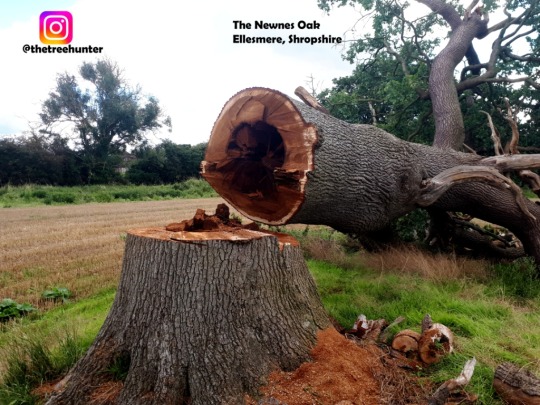
Naturally hollowed out oak with PLENTY of sap wood remaining
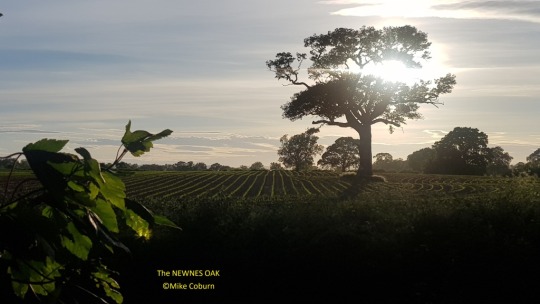
©Mike Coburn The Newnes Oak The oak tree had no Tree Preservation Order attached to it, as was confirmed by the author after chatting with the Shropshire Council Tree Officer manager whilst the author was on site. There was also no Forestry Commission felling licence in place. However, subsequent advice to the author made it clear that the size and bulk of the veteran oak tree may have meant that it contravened the Forestry Commission's (FC) Felling Licence regulations regarding their 5 cubic metres of timber regulations.
The exact measurements of the prone oak were later taken on-site and forwarded to the West Midlands Forestry Commission (FC) office. On 22nd August 2023, an FC officer visited the site. The oak tree had been removed by this time. As of 23rd February 2024, the Forestry Commission (Forest Services) investigation is ongoing.
Paragraph 180 c) of the NPPF states that 'development resulting in the loss or deterioration of irreplaceable habitats (such as ancient woodland and ancient or veteran trees) should be refused unless there are wholly exceptional reasons and a suitable compensation strategy exists.
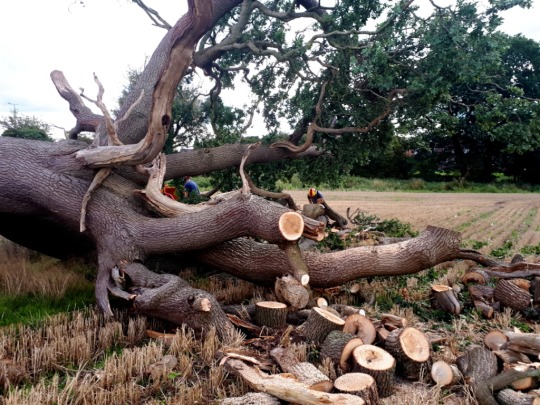
Childhood Memories This veteran oak tree is a tree of the authors' childhood. Children from the adjacent housing estates would venture across the playing fields, wade across The Newnes Brook, and venture across the open farmland on adventurous childhood play. One child even worked for the then-farm owner at Newnes Farm. Like many towns across the UK, the brook and fields formed a significant part of many people's childhoods. With this in mind, you can imagine the distress of losing such a significant veteran oak tree and the loss of part of one's childhood, too.
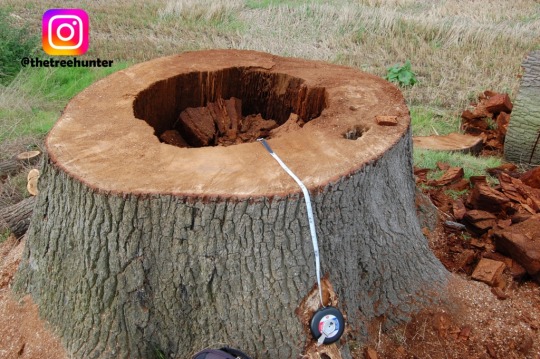
The author is a volunteer local Tree Warden for Ellesmere under the Tree Council's Tree Warden scheme.[He has no official powers and is NOT a qualified arboriculturist]
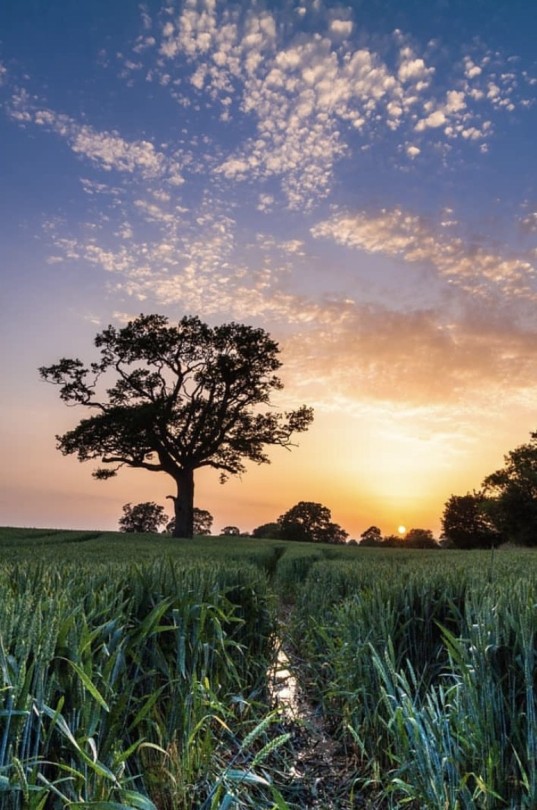
Carl Wynne copyright




Copyright Mike Coburn
#veteran tree#ancient tree#oak#oak tree#felling licence#tpo#tree preservation order#shropshire#ellesmere#shropshire council#tree officers#tree surgeons#woodland trust#tree hunter#tree hunter rob mcbride#ancient tree forum#ted green#jill butler#carolin davies#nev fay#arb association#john parker#climate crisis#climate emergency#xr#extinction rebellion#darwin oak#newnes oak#darwin oak petition#defra
1 note
·
View note
Photo

New Post has been published on http://www.injectionmouldchina.com/memories-of-bristols-grand-spa-ballroom/
Memories of Bristol's Grand Spa Ballroom
Some cool plastic molded part images:
Memories of Bristol’s Grand Spa Ballroom Image by brizzle born and bred Dancing Through Time
The Spa in Clifton opened to great acclaim but is now derelict
MANY rising stars of the 1950s, such as Shirley Bassey, Petula Clark and Peter Sellers, appeared at Clifton’s Grand Spa Ballroom. And thousands of Bristolians enjoyed the sounds of big bands here, at a dance hall which has been locked up for more than three decades.
But this was no ordinary dance hall. Situated at the foot of a steep staircase leading off Sion Hill, it had originally been built as the Pump Room of the Clifton Grand Spa and Hydro, an upmarket hotel which opened near the suspension bridge in 1894.
Often entertainment was laid on here for the personnel of Navy ships, such as at the time of the visit of various warships in 1898. It was described as a hall of admirable proportions, 100 feet by 57 feet, ceiling height 27 feet, elegant and light with an uninterrupted view from the windows of Leigh Woods, the Suspension Bridge and Nightingale Valley. In the centre was a fountain of white marble with a raised fluted basin. All doors, window frames, panelling and floor were made of oak.
In 1898 it was reported that the Pump Room, being part of the Spa and Hydro, had not only been redecorated but also a passenger elevator had been installed to give access to all the floors of the hotel.
This had been financed by wealthy publisher, entrepreneur and one-time MP Sir George Newnes, who was also the promoter of the adjoining Clifton Rocks Railway. Seven hundred influential Bristolians were invited to the opening dinner. After a sumptuous meal followed by the obligatory speeches, they were entertained by the Band of the Life Guards and singing from Madame Strathearn.
The directors of the Clifton Grand Spa and Hydro boasted that its grand Pump Room was the “most highly decorated and finest in the kingdom”.
However, by 1922, the popularity of the Pump Room and Spa had waned and it was turned into a cinema. Six years later, it became a ballroom, and by the 1950s and 1960s it was one of Bristol’s most popular dance halls.
Long-serving entertainments director Reg Williams, who had his own top band at the Park Row Coliseum in the 1930s, developed a cabaret policy featuring many youngsters destined to be stars.
The 15-piece Grand Spa band was the first to introduce Latin American rhythms to the city.
The musicians played from a bandstand in an alcove, a place from which visitors once took the spa waters pumped up from 250ft below, through the rocks from Hotwells. Dennis Mann, who ran the Grand Spa Orchestra for 10 years from 1960, remembers the ballroom with much affection.
“It was such a wonderful ballroom,” he recalled.
“As a musician, I’d toured all over the country, but this was something different.”
“People danced between ornate pillars. At the bottom of the staircase there were marble steps leading into the ballroom.
“I remember that the women were well-dressed. Up north, they danced wearing headscarves, but at the Grand Spa they were beautifully dressed. And the men wore suits and ties.”
The singer for Dennis’s band was his wife, the late Shirley Jackson.
“We were working in different parts of the country,” he recalled, “and I thought the only way we could see each other was by forming my own band, with Shirley in the nine-piece set up. We broadcast for the BBC’s old Light Programme from the Spa, and we once played with the singer Janie Marden for a live radio outside broadcast.”
“The ballroom was open six nights a week. We called Thursdays ‘reps night’.
That’s when firms’ representatives who were in Bristol for the week turned up for a night out before going back home the next day,” said Dennis.
“Friday nights was always kept for private functions. We used to play at lots of dances for firms like Rolls-Royce, police balls and press balls. Old Bristol firms, like the engineers Strachan and Henshaw, used to have their dances at the Spa.
“We used to get 800 people and more into the ballroom. On New Year’s Eve, it would probably be nearer 1,000. I remember that during the interval the band would jump into their cars and go around to the nearby Coronation Tap for a couple of pints of cider.”
After Dennis left the Grand Spa, he joined the QE2 as bandmaster for six months.
“I was on board when the SAS were winched onto the ship from a helicopter during a bomb scare,” he recalled.
The Grand Spa sparked countless romances, as couples danced between the splendid marble pillars. A popular feature was a machine in the ladies’ toilets, girls who put in sixpence got a spray of perfume.
Delphine Lydall, who lives opposite the old ballroom, remembered: “It was very ornate, very Victorian. I met my husband there on a Monday night. Monday was the under-21 club night. It was all run very properly, and it finished at 10.30pm.”
There were blue and green upholstered wooden-framed chairs, and built in red leather settees that lined the room. The huge 1920s lights were retained, but were dimmed, and used in combination with wrought-iron lantern holders, screwed into the oak plinths of the marble columns to make the place more intimate. The raised platform on the North West side that was installed in the 1922 cinema, covering one fifth of the total floor area, was retained. A second new raised platform was introduced in the alcove, where the stone fountain once stood, which served as a jazz band stand. At the time, it was described as a three-level rostrum with a shell-back for the orchestra. The Music Gallery was turned into a buffet and additional bar for refreshments, the main bar was off the hotel end of the ballroom (underneath the marble staircase).
In the 1960s and 70s, the hotel ballroom was converted to a disco. The original retiring room between the Clifton Rocks Railway and the disco had been fitted out as a make-shift kitchen. Against one wall was a laminated worktop lined with a few 1970s floral wall tiles, with a kettle and a couple of hot rings to make teas, coffees and soup. The Music Gallery was bricked up, and plastic padding put between the bricks and the moulded plaster capitals of the pilasters on either side of the archway, to protect them, in the hope that one day it would be restored. By the middle of the 1970s, all the original decoration had been painted black or dark green and covered by a suspended hessian ceiling; wooden frames were constructed round the marble columns, which were covered in hessian, and lights were replaced with disco lighting.
The Grand Spa changed its name to the Avon Gorge Hotel some 30 years ago, and ever since then the ballroom has been standing derelict. Robert Peel, the hotel’s new owner, has submitted a £10 million scheme to redevelop the whole site, including the terraces spilling down the cliff.
He would like to restore the ballroom, but says this can only be done if permission is granted for the whole complex.
“To restore it would be a great feat, but restoring it on its own would not be financially economical,” he said.
The Grand Spa wasn’t the only post-war dance venue in the city. The Mecca organisation bought the small ballroom known as The Glen, situated in an old quarry off Durdham Down. This became so popular that they built a new one, The Locarno. The site is now the Bupa hospital car park.
The Victoria Rooms was another hugely popular dance hall. The big band of Ken Lewis, who later became a full-time official of the Musicians’ Union in Bristol, often played there.
A couple of hundred yards down Queens Road, opposite the university’s Wills Memorial Building, was the Berkeley Cafe, owned by the Cadena group, which advertised itself as the “largest and most up-to-date cafe in Bristol”.
With seating for 1,200 people, the Berkeley Orchestra played three sessions each day.
The popular “tea dances” held in the cafe’s Queen’s Hall every Wednesday, Thursday and Saturday afternoon attracted crowds of dancers from all over. The building, which retains its original name, is now a pub.
Clem Gardiner and Arthur Parkman, each with their own bands and their own following, were familiar faces at the Grand Hotel in Broad Street and the Royal Hotel on College Green.
Across the river, band leader Eric Winstone moved his musicians into the Bristol South swimming pool in Dean Lane in the 1960s when it closed for the winter. Boards were put over the pool to accommodate the dancers.
Do you have any photos tucked away somewhere of the Grand Spa ballroom, or of people enjoying themselves there, in its 1960s heyday? If so, we’d love to see them, and perhaps publish them on Flickr, so that others can see just what it was like.
2016 – Once-popular Bristol ballroom left derelict for decades could be brought back into use.
For decades, the once-popular Grand Spa Ballroom below the Avon Gorge Hotel in Clifton, has stood empty and neglected, a relic of bygone days.
Now however, there appears to be plans to bring the former venue back into use by the Hotel du Vin, the new owners of the Avon Gorge Hotel.
0 notes